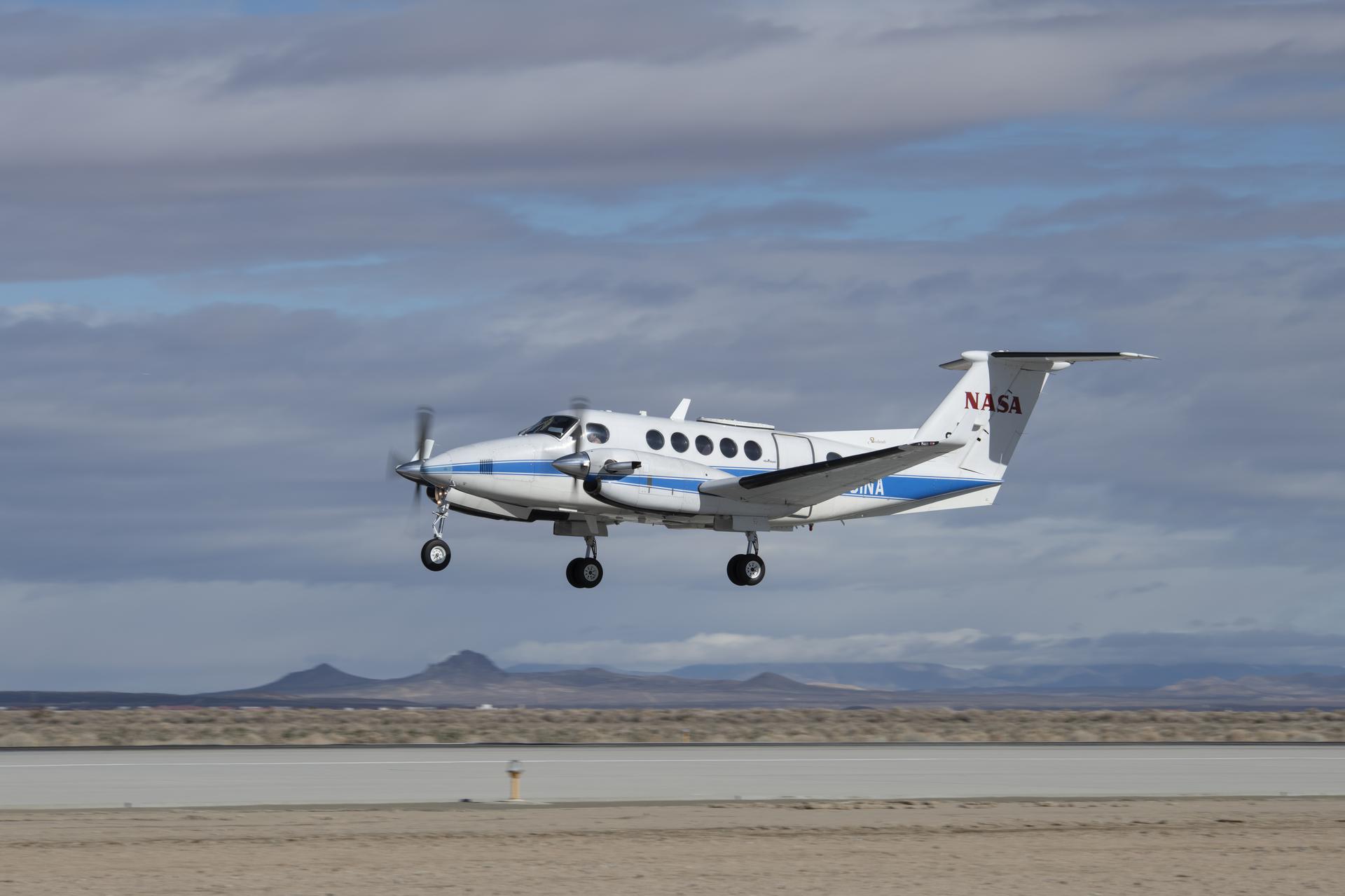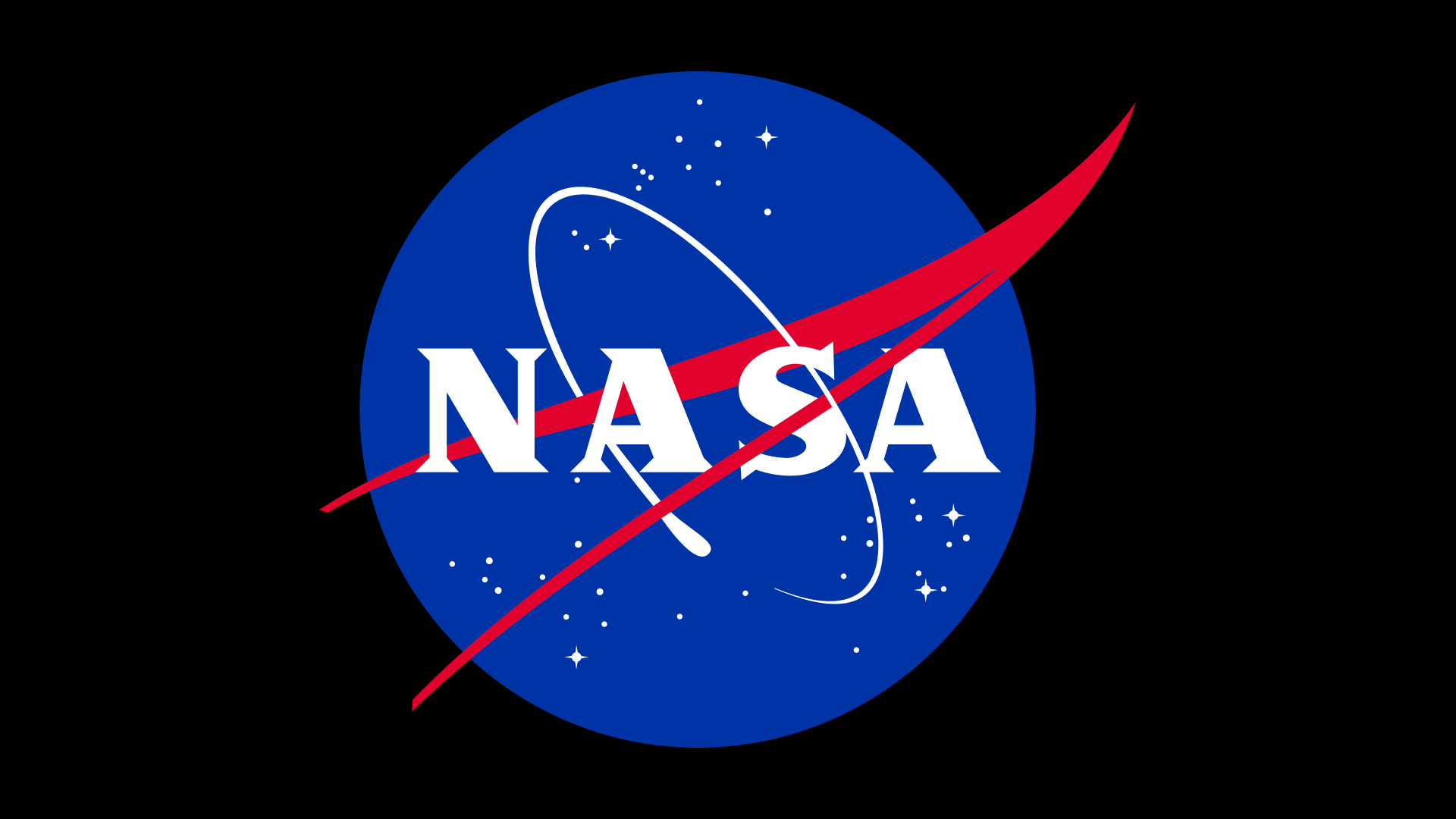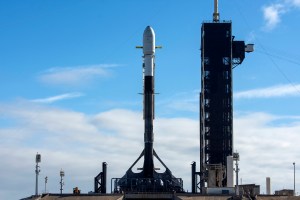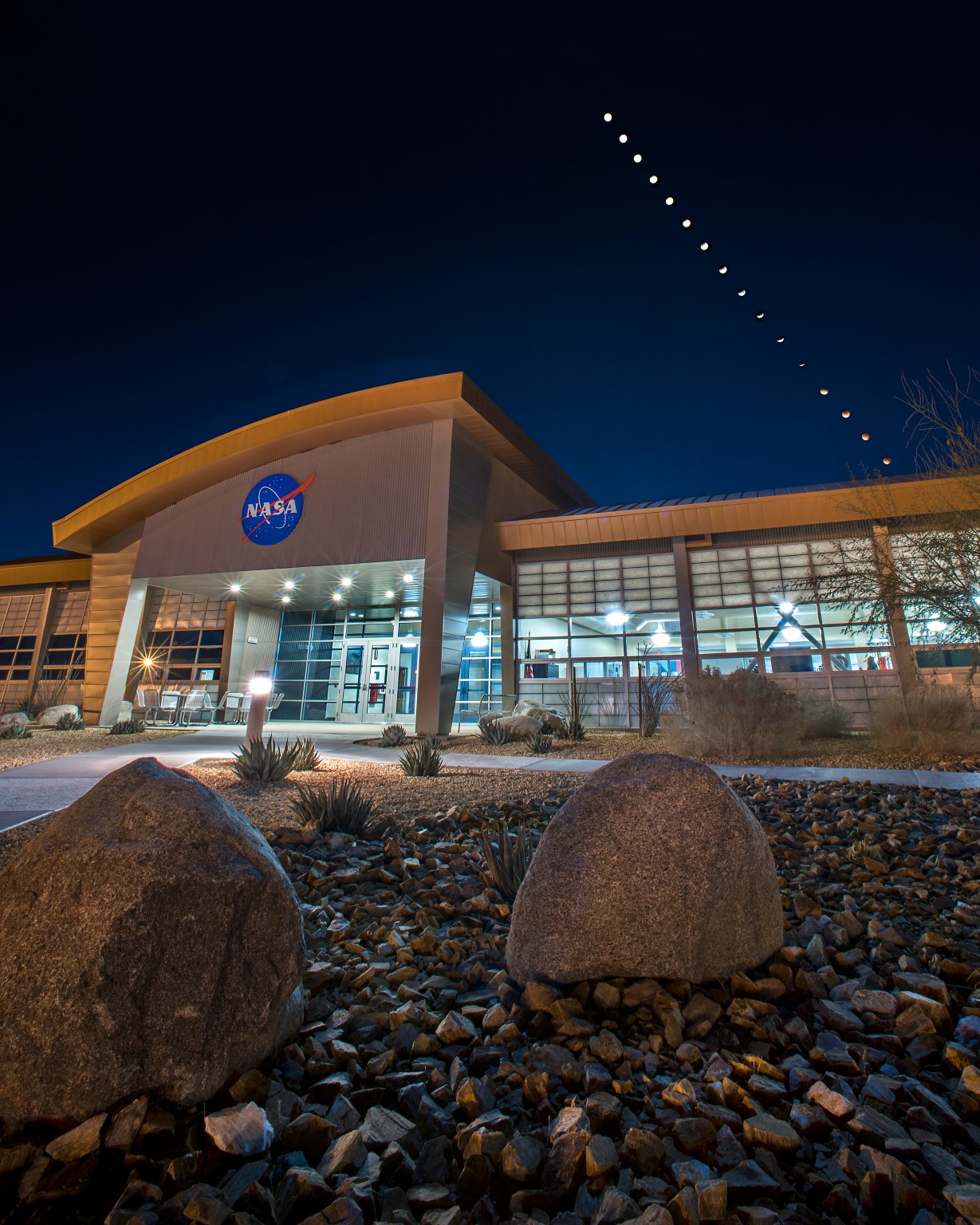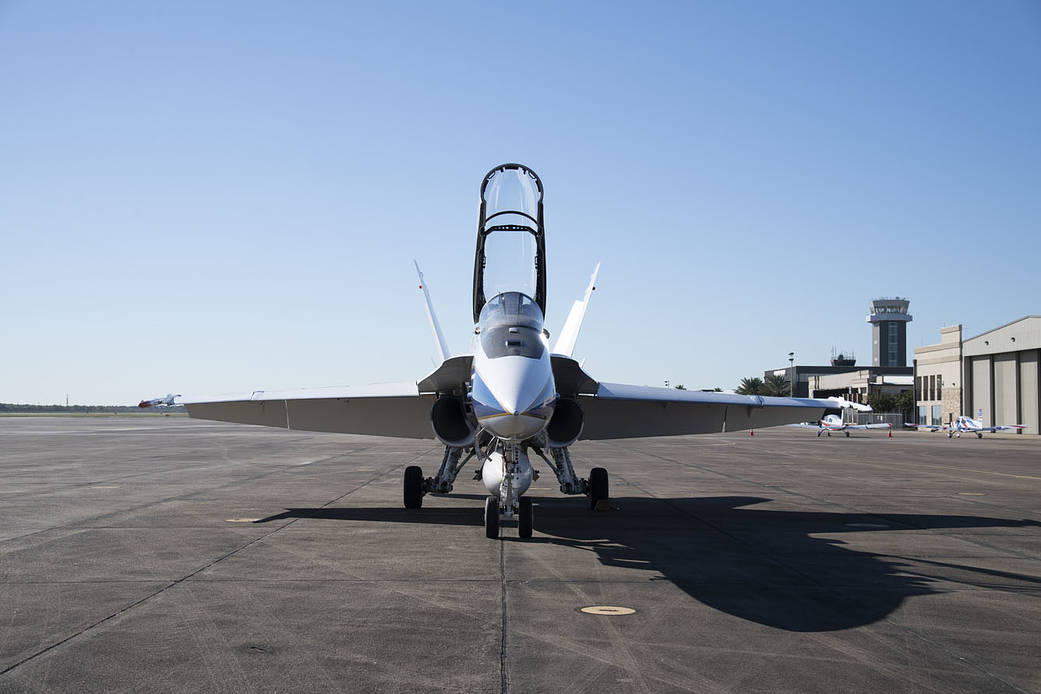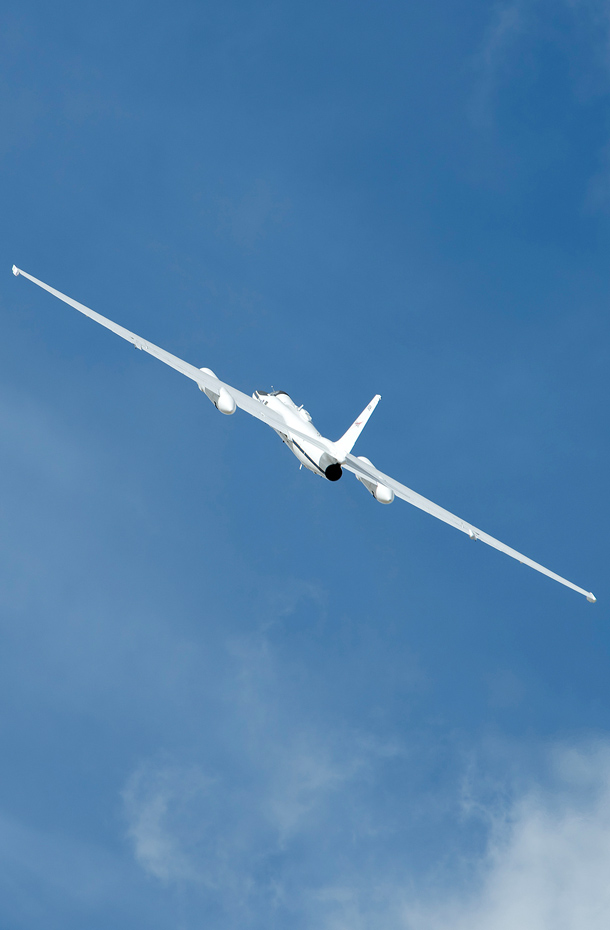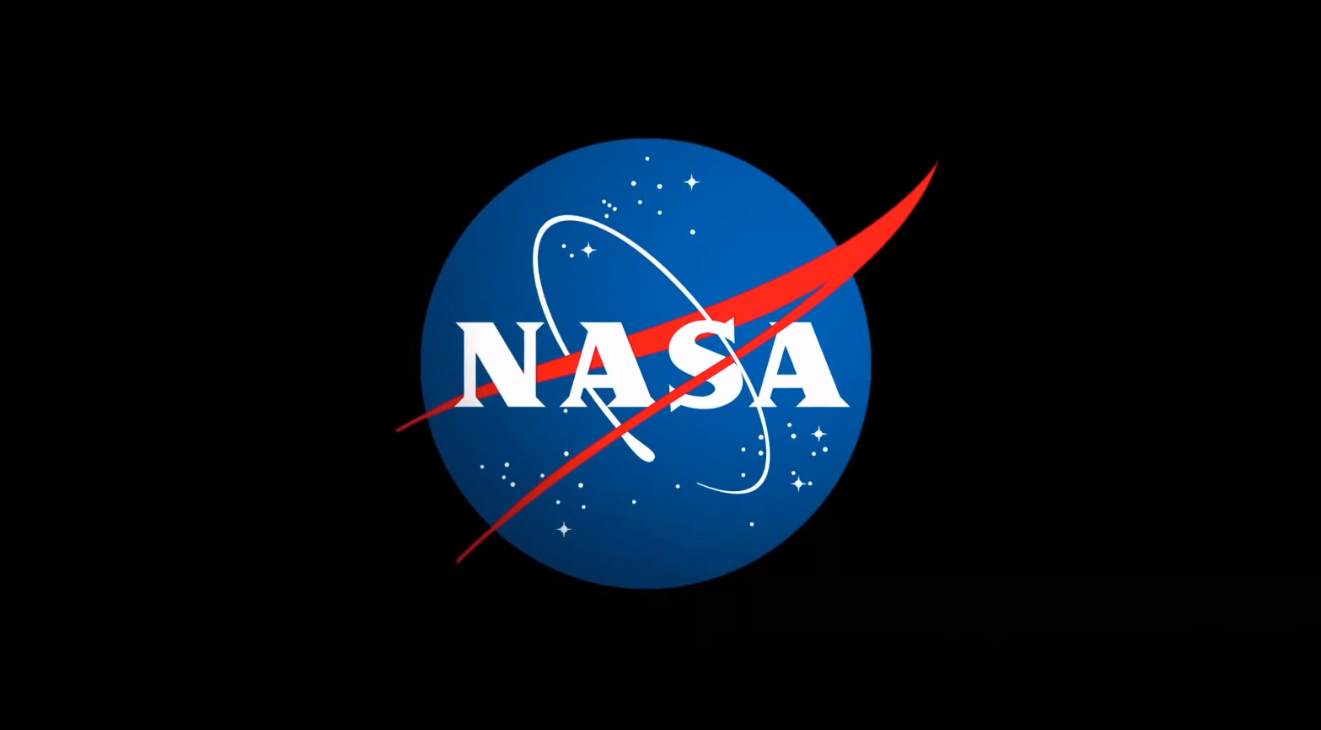Reading view
RFK Jr. Hits His Stride in Arizona as His Chronic Disease Tour Wraps

© Ash Ponders for The New York Times
Ideology May Not Be What You Think but How You’re Wired

© Tom Jamieson for The New York Times
Trump Administration Lifts Mining and Drilling Restrictions in Nevada and New Mexico

© Chon Kit Leong/Alamy
Should I Replace My Gas Appliances With Electric?

© Photo Illustration by The New York Times; Shutterstock
‘The Last of Us’ Review: On the Road Again
NASA Uses New Technology to Understand California Wildfires
3 min read
Preparations for Next Moonwalk Simulations Underway (and Underwater)
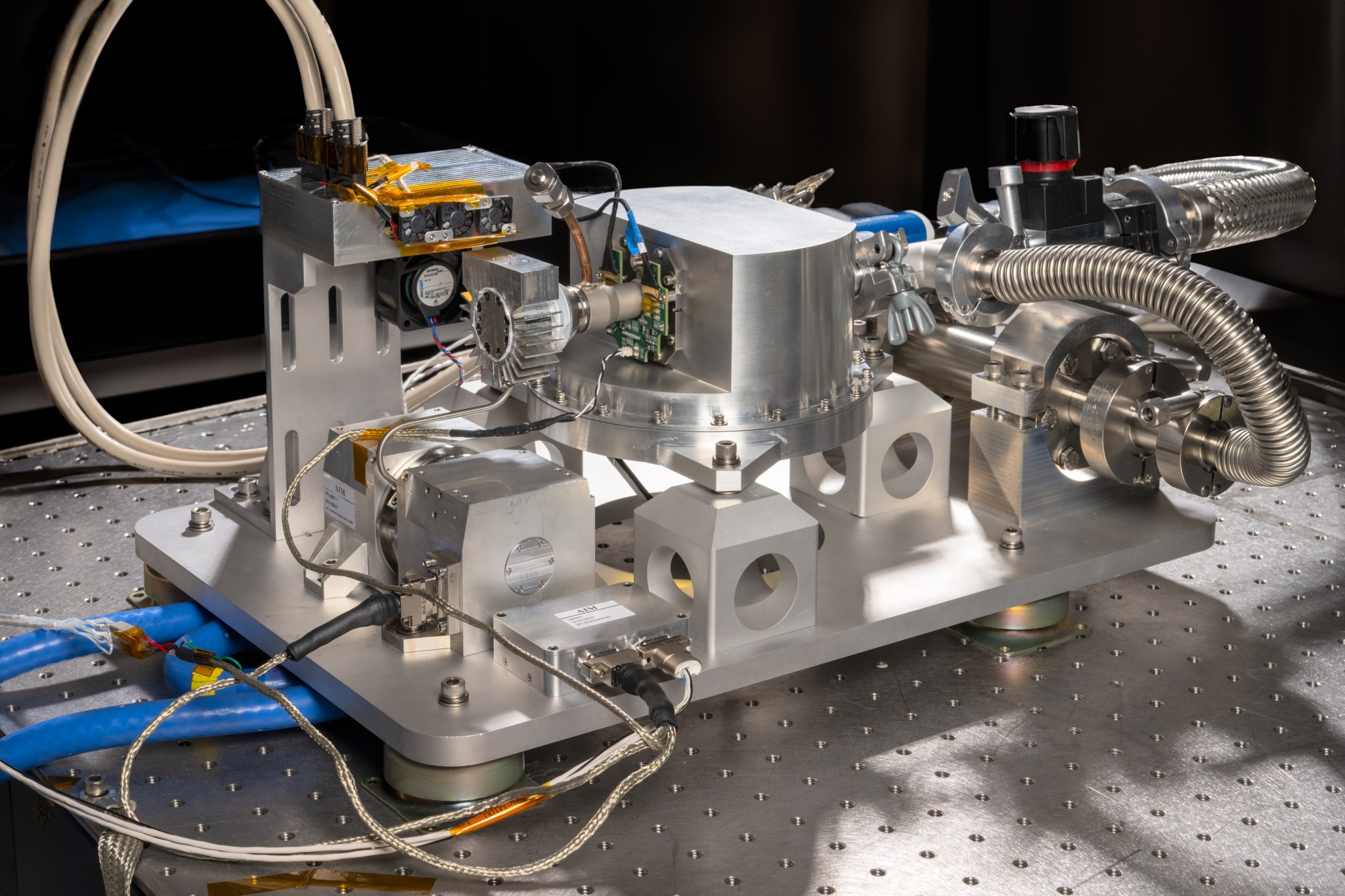
The January wildfires in California devastated local habitats and communities. In an effort to better understand wildfire behavior, NASA scientists and engineers tried to learn from the events by testing new technology.
The new instrument, the Compact Fire Infrared Radiance Spectral Tracker (c-FIRST), was tested when NASA’s B200 King Air aircraft flew over the wildfires in the Pacific Palisades and Altadena, California. Based at NASA’s Armstrong Flight Research Center in Edwards, California, the aircraft used the c-FIRST instrument to observe the impacts of the fires in near real-time. Due to its small size and ability to efficiently simulate a satellite-based mission, the B200 King Air is uniquely suited for testing c-FIRST.
Managed and operated by NASA’s Jet Propulsion Laboratory in Southern California, c-FIRST gathers thermal infrared images in high-resolution and other data about the terrain to study the impacts of wildfires on ecology. In a single observation, c-FIRST can capture the full temperature range across a wide area of wildland fires – as well as the cool, unburned background – potentially increasing both the quantity and quality of science data produced.
“Currently, no instrument is able to cover the entire range of attributes for fires present in the Earth system,” said Sarath Gunapala, principal investigator for c-FIRST at NASA JPL. “This leads to gaps in our understanding of how many fires occur, and of crucial characteristics like size and temperature.”
For decades, the quality of infrared images has struggled to convey the nuances of high-temperature surfaces above 1,000 degrees Fahrenheit (550 degrees Celsius). Blurry resolution and light saturation of infrared images has inhibited scientists’ understanding of an extremely hot terrain, and thereby also inhibited wildfire research. Historically, images of extremely hot targets often lacked the detail scientists need to understand the range of a fire’s impacts on an ecosystem.
To address this, NASA’s Earth Science Technology Office supported JPL’s development of the c-FIRST instrument, combining state-of-the-art imaging technology with a compact and efficient design. When c-FIRST was airborne, scientists could detect smoldering fires more accurately and quickly, while also gathering important information on active fires in near real-time.
“These smoldering fires can flame up if the wind picks up again,” said Gunapala. “Therefore, the c-FIRST data set could provide very important information for firefighting agencies to fight fires more effectively.”
For instance, c-FIRST data can help scientists estimate the likelihood of a fire spreading in a certain landscape, allowing officials to more effectively monitor smoldering fires and track how fires evolve. Furthermore, c-FIRST can collect detailed data that can enable scientists to understand how an ecosystem may recover from fire events.
“The requirements of the c-FIRST instrument meet the flight profile of the King Air,” said KC Sujan, operations engineer for the B200 King Air. “The c-FIRST team wanted a quick integration, the flight speed in the range 130 and 140 knots on a level flight, communication and navigation systems, and the instruments power requirement that are perfectly fit for King Air’s capability.”
By first testing the instrument onboard the B200 King Air, the c-FIRST team can evaluate its readiness for future satellite missions investigating wildfires. On a changing planet where wildfires are increasingly common, instruments like c-FIRST could provide data that can aid firefighting agencies to fight fires more effectively, and to understand the ecosystemic impacts of extreme weather events.
Details
Explore More
Discover More Topics From NASA
Phishing platform Rockstar 2FA trips, and “FlowerStorm” picks up the pieces











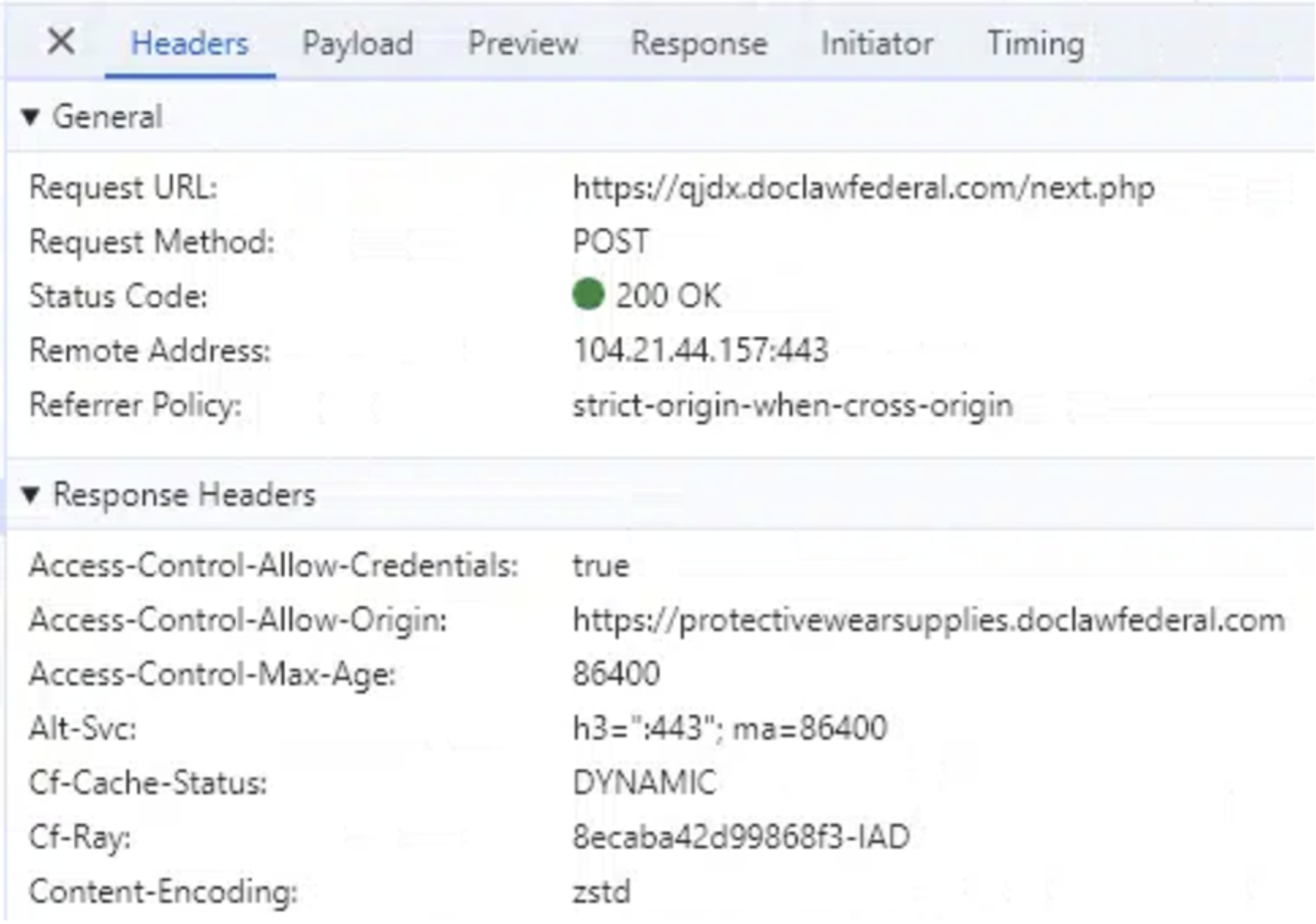
![Figure 11: A developer browser view of the phishing page protectivewearsupplies[.]doclawfederal[.]com/wQBPg/](https://news.sophos.com/wp-content/uploads/2024/12/FlowerstormDeveloperViewPhishportal.png)
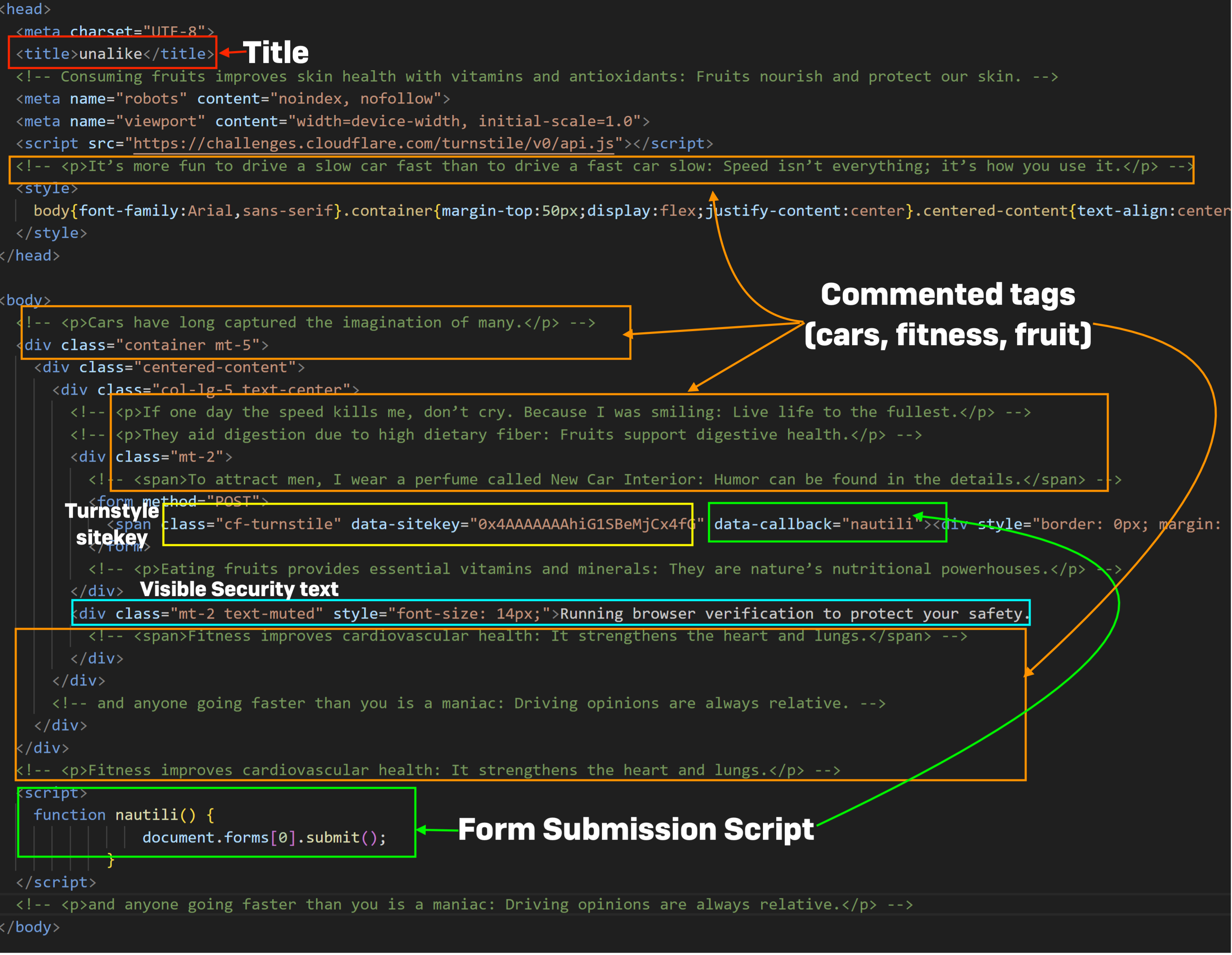
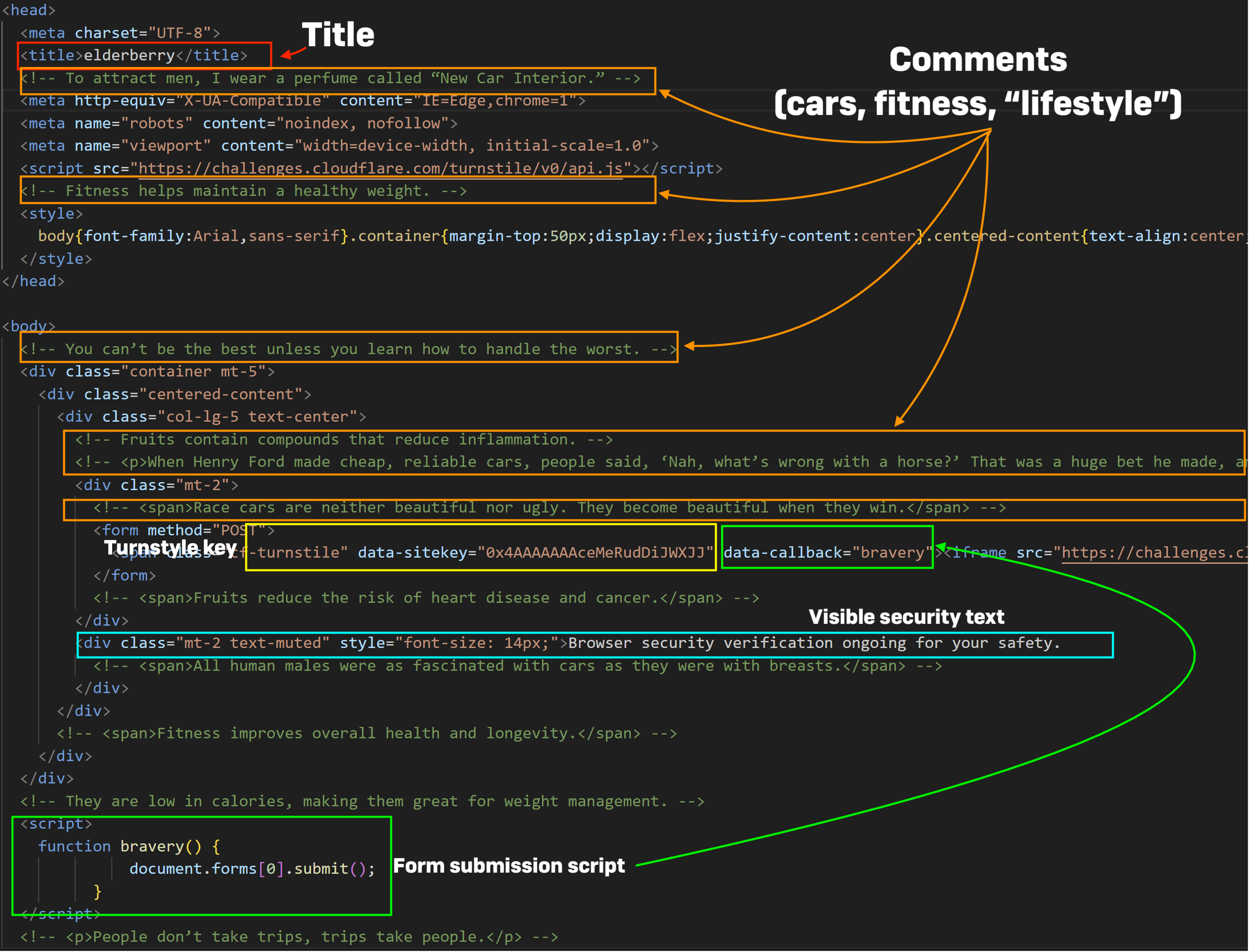

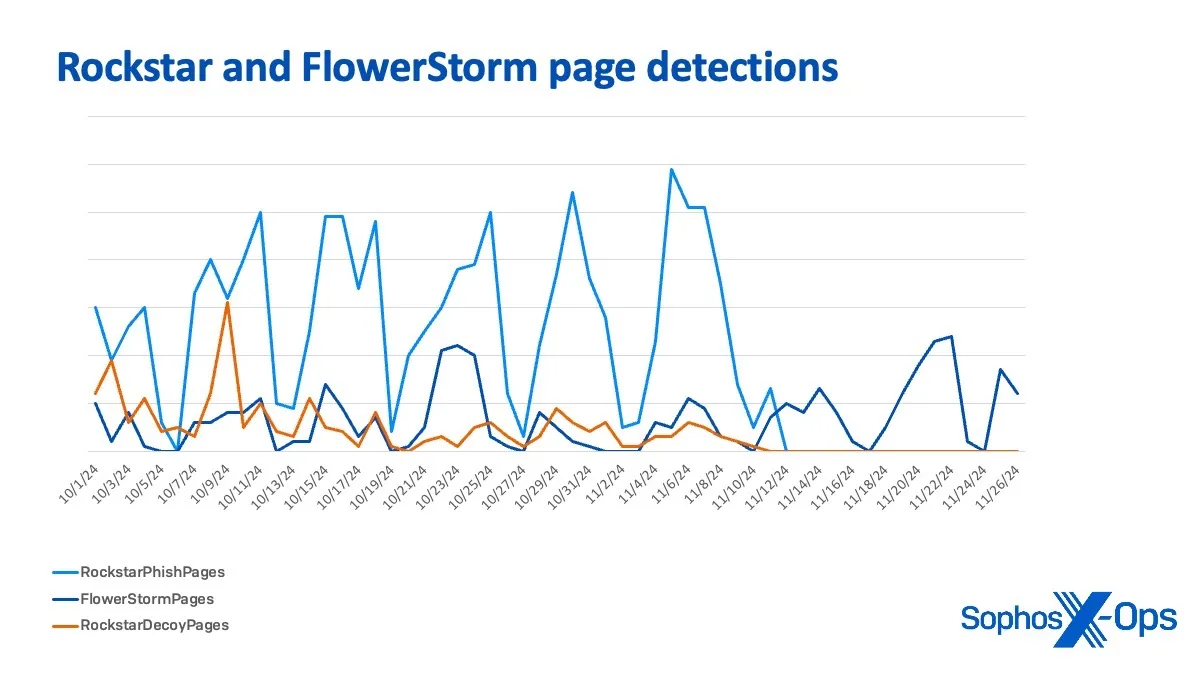
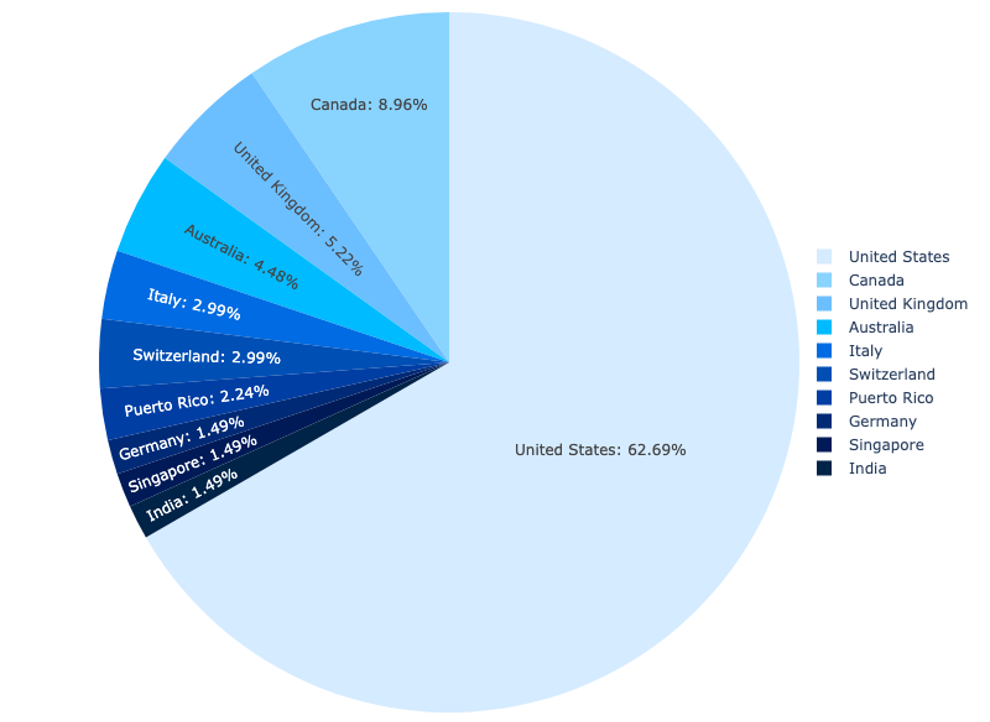

Phishing platform Rockstar 2FA trips, and “FlowerStorm” picks up the pieces












![Figure 11: A developer browser view of the phishing page protectivewearsupplies[.]doclawfederal[.]com/wQBPg/](https://news.sophos.com/wp-content/uploads/2024/12/FlowerstormDeveloperViewPhishportal.png)






I’m Not Convinced Ethical Generative AI Currently Exists

Nigel Farage's Reform Party Pulls Ahead as Most Popular Party in Britain
Nigel Farage's Reform UK has cemented its lead in the polls and has begun to pull ahead of the Westminster establishment parties, according to a survey from YouGov.
The post Nigel Farage’s Reform Party Pulls Ahead as Most Popular Party in Britain appeared first on Breitbart.
24 Key Samsung Settings to Change on Galaxy Phones (2025)
Here’s What the FDA Label on Your Personal Care Products Means (2025)
Best LED Face Masks to Erase Wrinkles and Acne (2025)
Want to Make Your Spotify Wrapped Better This Year? Start Now
How Can My Valentine’s Flowers Show the Earth Love, Too?
Helen Hays, Who Helped Bring Terns Back to Long Island Sound, Dies at 94
Digital Estate Planning: How to Prepare Your Social Media Accounts
Trump Taps Richard Grenell as Kennedy Center's Interim Executive Director: ‘No More Drag Shows’
President Donald Trump has appointed Richard Grenell as interim executive director for the John F. Kennedy Center for the Performing Arts in Washington, DC.
The post Trump Taps Richard Grenell as Kennedy Center’s Interim Executive Director: ‘No More Drag Shows’ appeared first on Breitbart.
NASA Awards Launch Service Task Order for Pandora Mission
NASA has selected SpaceX of Starbase, Texas, to provide the launch service for the agency’s Pandora mission, which will study at least 20 known exoplanets and their host stars to find out how changes in stars affect our observations of exoplanet atmospheres.
The selection is part of NASA’s Venture-Class Acquisition of Dedicated and Rideshare (VADR) launch services contract. This contract allows the agency to make fixed-price indefinite-delivery/indefinite-quantity awards during VADR’s five-year ordering period, with a maximum total value of $300 million across all contracts.
During its one-year primary mission, Pandora will observe each exoplanet 10 times, observing for 24 hours each visit. It will capture critical data about the planet and its host star during transits, an event where a planet crosses in front of the star it orbits.
The satellite will use an innovative 17-inch (45-centimeter)-wide all-aluminum telescope to simultaneously measure the visible and near-infrared brightness of the host star and obtain near-infrared spectra of the transiting planet. This will allow scientists to cleanly separate star and planetary signals, knowledge that will enhance observations from NASA’s James Webb Space Telescope and future missions searching for habitable worlds, like the agency’s Habitable Worlds Observatory.
Pandora is a joint effort between NASA’s Goddard Space Flight Center in Greenbelt, Maryland, and Lawrence Livermore National Laboratory in California. The Astrophysics Pioneers program, from the Astrophysics Division at NASA Headquarters in Washington, funds Pandora and other astrophysics science missions using smaller, lower cost hardware and payloads. NASA’s Launch Services Program, based at the agency’s Kennedy Space Center in Florida, manages the VADR contract.
To learn more about NASA’s Pandora mission, visit:
https://science.nasa.gov/mission/pandora
-end-
Tiernan Doyle
Headquarters, Washington
202-358-1600
tiernan.doyle@nasa.gov
Patti Bielling
Kennedy Space Center, Florida
321-501-7575
patricia.a.bielling@nasa.gov
